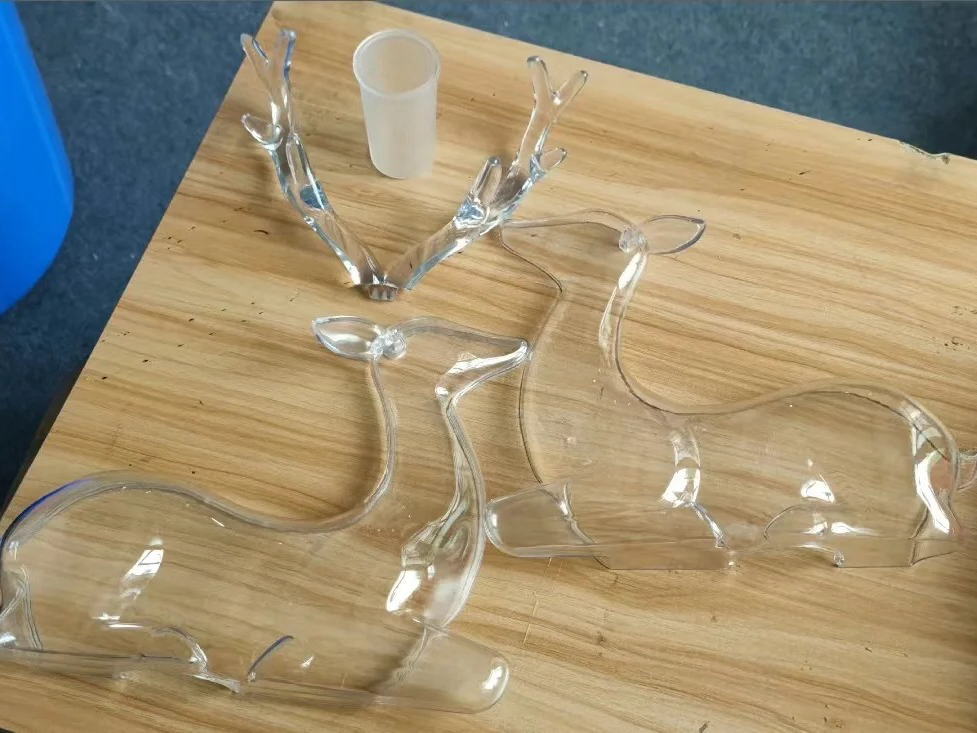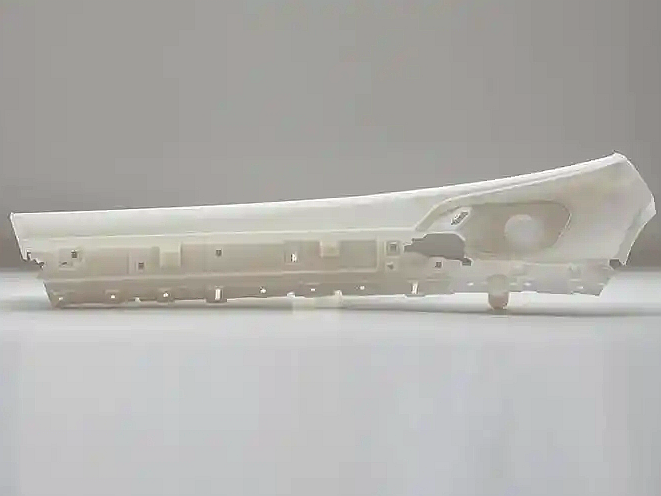Ceramic-Filled Resins
Introduction to Ceramic-Filled Resins for 3D Printing
Ceramic-filled resins are composite photopolymers that incorporate ceramic particles into a UV-curable resin matrix, providing superior stiffness, heat resistance, and dimensional stability. These materials are used in applications that demand minimal thermal expansion, rigidity, and high accuracy—such as tooling, mold masters, heat-resistant prototypes, and metrology fixtures.
Stereolithography (SLA) and Digital Light Processing (DLP) are the preferred printing processes for ceramic-filled resins, enabling precision of ±0.05 mm with excellent surface hardness and minimal creep deformation.
International Equivalent Grades of Ceramic-Filled Resin
Grade Type | Resin Code | Application Examples |
|---|---|---|
Ceramic-Loaded Resin | R-CF3000 | High-temp tooling, jigs, housings |
High Stiffness Resin | HS-R2000 | Dimensional test fixtures, spacers |
ISO Standard | ISO 75 | HDT testing for composite polymers |
ASTM Standard | D648 | Flexural and heat deflection testing |
Comprehensive Properties of Ceramic-Filled Resins
Property Category | Property | Value |
|---|---|---|
Physical | Density | 1.40–1.60 g/cm³ |
UV Curing Wavelength | 405 nm | |
Mechanical | Tensile Strength | 70–90 MPa |
Elastic Modulus | 4,500–8,000 MPa | |
Elongation at Break | 1.5–3% | |
Hardness | >90 Shore D | |
Thermal | Heat Deflection Temperature (HDT) | 170–230°C |
Suitable 3D Printing Processes for Ceramic-Filled Resins
Process | Typical Density Achieved | Surface Roughness (Ra) | Dimensional Accuracy | Application Highlights |
|---|---|---|---|---|
≥99% | 4–6 µm | ±0.05 mm | Best for rigid jigs, gauges, thermally stable tooling, and load-bearing prototypes | |
≥99% | 5–8 µm | ±0.05 mm | Ideal for small, stiff, and precise components requiring dimensional integrity |
Selection Criteria for Ceramic-Filled Resin 3D Printing
High Stiffness and Low Creep: Ceramic reinforcement greatly increases modulus and minimizes long-term deformation, ideal for support structures and calibration blocks.
Thermal Performance: HDT values above 200°C allow for use in heated environments, including mold tooling or fixture applications under thermal cycling.
Surface Quality and Dimensional Precision: Yields crisp, defined edges and stable surfaces ideal for testing fixtures and structural alignment parts.
Machinability and Stability: Unlike many photopolymers, ceramic-filled resins can be post-machined with sharp tools while maintaining dimensional stability.
Essential Post-Processing Methods for Ceramic-Filled Resin Parts
UV Post-Curing: Cure under 405 nm UV for 60+ minutes to achieve maximum stiffness, hardness, and thermal resistance.
IPA Cleaning and Drying: Rinse uncured resin in IPA, followed by full drying and post-curing to eliminate surface tackiness.
Light Surface Finishing: Brushing or bead blasting smooths matte finishes and improves tactile quality for fixtures and interface surfaces.
Machining and Tapping: CNC or manual drilling and reaming are supported on fully cured parts for accurate inserts or secondary assembly.
Challenges and Solutions in Ceramic-Filled Resin 3D Printing
Print Speed Reduction: Increased viscosity slows recoating; use optimized settings and temperature control to ensure smooth layer formation.
Post-Cure Shrinkage: Parts may shrink slightly; design scale adjustments or orient to minimize stress in critical dimensions.
Brittleness Under Impact: Not suitable for dynamic or high-impact parts. Use in static fixtures or switch to tough resin for impact resistance.
Applications and Industry Case Studies
Ceramic-filled resin is widely used in:
Tooling & Fixtures: Thermally stable jigs, precision guides, drill blocks, and thermoforming molds.
Manufacturing & QA: Metrology fixtures, calibration templates, dimensional test parts.
Electronics: High-temperature housings, insulation fixtures, static component mounts.
Prototyping: Rigid visual models, mechanical validation prototypes, low-wear components.
Case Study: An aerospace QA lab printed dimensional gauges with SLA ceramic-filled resin. Parts maintained ±0.03 mm flatness and resisted deflection under 200°C thermal cycling, reducing machining needs by 70%.
Frequently Asked Questions (FAQs)
What makes ceramic-filled resin more rigid than standard engineering resins?
Can ceramic-filled resin be used for molds and high-temperature jigs?
What surface quality and tolerance can be expected from SLA ceramic resin parts?
How do you post-process and machine ceramic-filled 3D printed parts?
Are these resins brittle, and how should they be handled in industrial settings?



